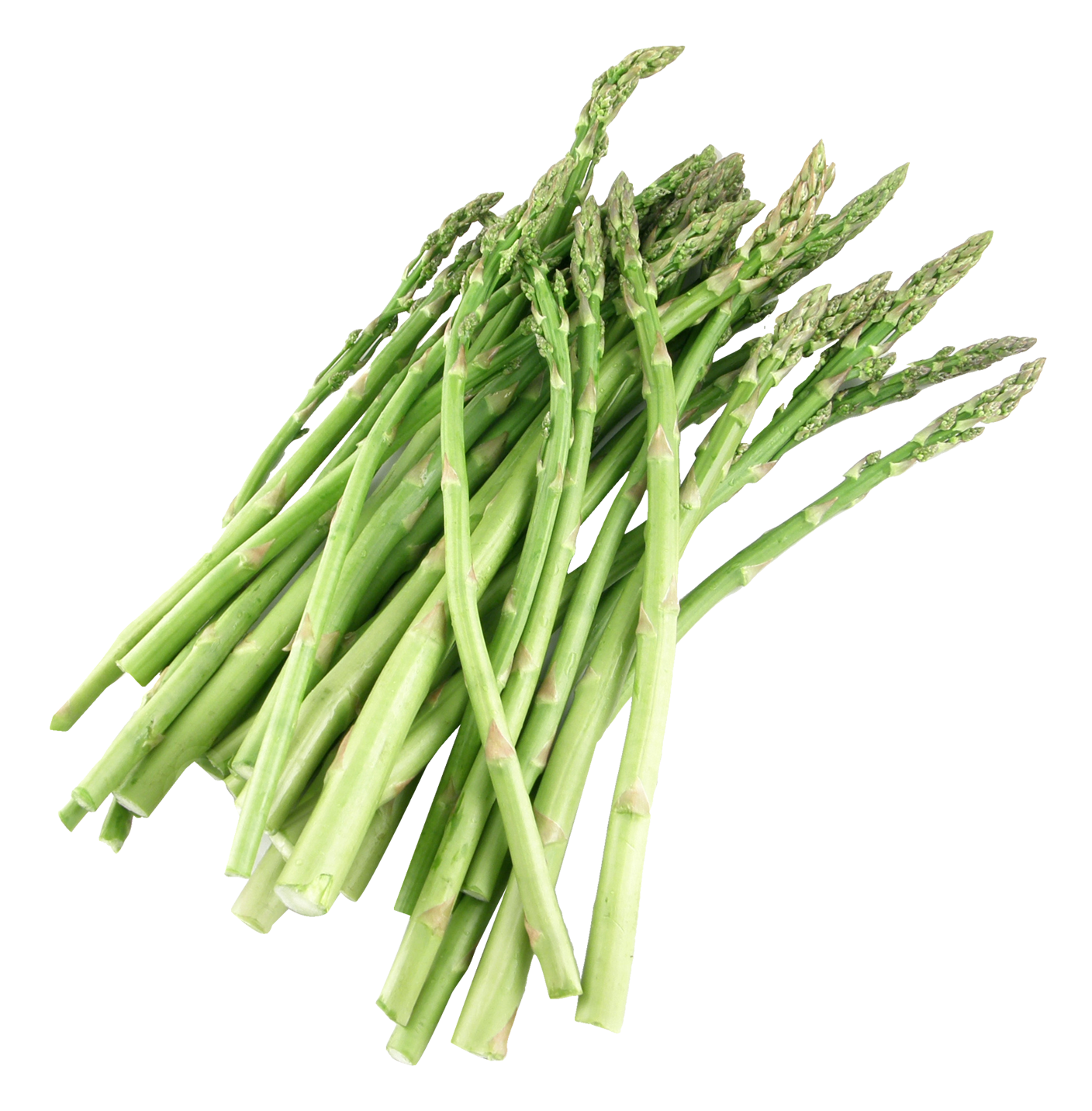
This image has format transparent PNG with resolution 1408x1432.
You can download this image in best resolution from this page and use it for design and web design.
Asparagus PNG with transparent background you can download for free, just click on download button.
Asparagus, or garden asparagus, folk name sparrow grass, scientific name Asparagus officinalis, is a perennial flowering plant species in the genus Asparagus. Its young shoots are used as a spring vegetable.
It was once classified in the lily family, like the related Allium species, onions and garlic. However, genetic research places lilies, Allium, and asparagus in three separate families—the Liliaceae, Amaryllidaceae, and Asparagaceae, respectively— the Amaryllidaceae and Asparagaceae are grouped together in the order Asparagales. Sources differ as to the native range of Asparagus officinalis, but generally include most of Europe and western temperate Asia. It is widely cultivated as a vegetable crop.
Only young asparagus shoots are commonly eaten: once the buds start to open ("ferning out"), the shoots quickly turn woody.
Water makes up 93% of asparagus's composition. Asparagus is low in food energy and very low in sodium. It is a good source of vitamin B6, calcium, magnesium, and zinc, and a very good source of dietary fibre, protein, beta-carotene, vitamin C, vitamin E, vitamin K, thiamin, riboflavin, rutin, niacin, folic acid, iron, phosphorus, potassium, copper, manganese, and selenium, as well as chromium, a trace mineral that regulates the ability of insulin to transport glucose from the bloodstream into cells. The amino acid asparagine gets its name from asparagus, as the asparagus plant is relatively rich in this compound.
The shoots are prepared and served in a number of ways around the world, typically as an appetizer or vegetable side dish. In Asian-style cooking, asparagus is often stir-fried. Cantonese restaurants in the United States often serve asparagus stir-fried with chicken, shrimp, or beef. It may also be quickly grilled over charcoal or hardwood embers, and is also used as an ingredient in some stews and soups. In recent years, asparagus eaten raw, as a component of a salad, has regained popularity.
Asparagus can also be pickled and stored for several years. Some brands label shoots prepared in this way as "marinated".
Stem thickness indicates the age of the plant (and not the age of the stalk), with the thicker stems coming from older plants. Older, thicker stalks can be woody, although peeling the skin at the base removes the tough layer. Peeled asparagus will poach much faster. The bottom portion of asparagus often contains sand and soil, so thorough cleaning is generally advised before cooking. Plants bearing seeds produce spears that are smaller and thinner, and plants without seeds produce larger and thicker spears. Thickness and thinness are not an indication of tenderness or toughness. The stalks are thick or thin from the moment they sprout from the ground.
Green asparagus is eaten worldwide, though the availability of imports throughout the year has made it less of a delicacy than it once was. In Europe, however, the "asparagus season is a highlight of the foodie calendar"; in the UK this traditionally begins on 23 April and ends on Midsummer Day. As in continental Europe, due to the short growing season and demand for local produce, asparagus commands a premium price.
In this page you can download free PNG images: Asparagus PNG images free download